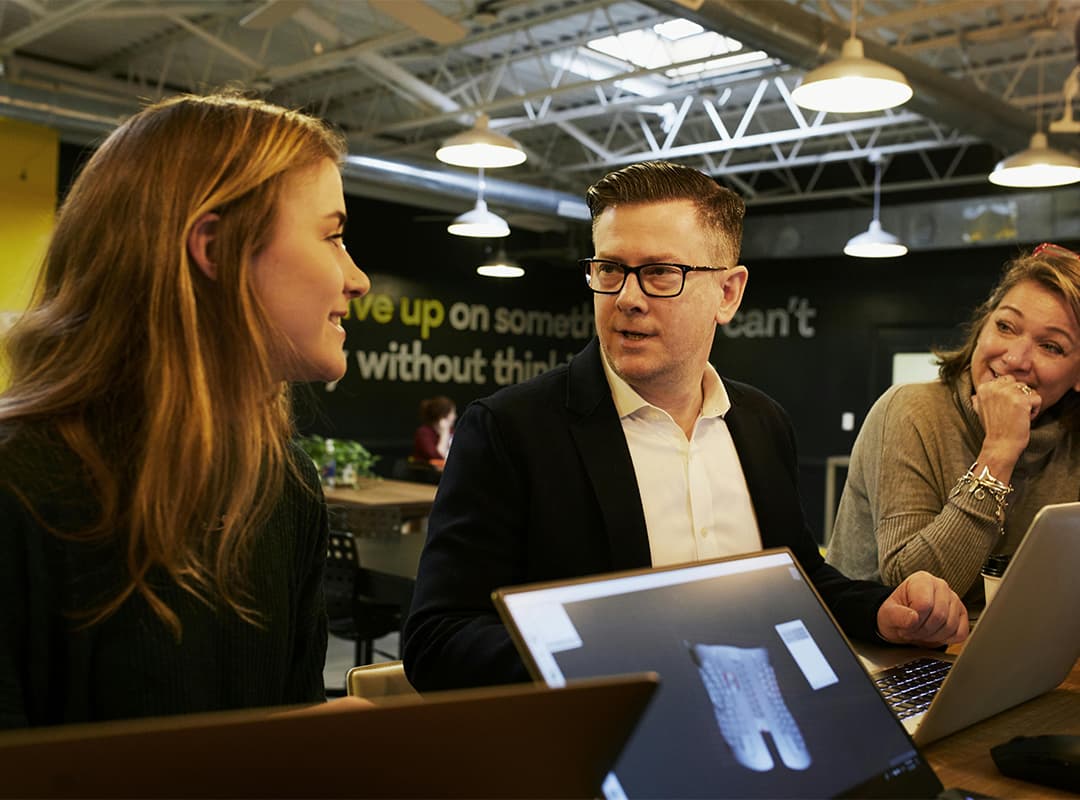Współczesne wydarzenia kulturalne mają niezwykłą moc – nie tylko bawią, uczą i inspirują, ale także pełnią ważną rolę w budowaniu mostów między różnymi pokoleniami i społecznościami. W świecie, w którym różnice pokoleniowe, społeczne czy kulturowe stają się coraz bardziej widoczne, kultura staje się kluczowym narzędziem do tworzenia przestrzeni wspólnego dialogu. Właśnie dzięki wydarzeniom kulturalnym możliwe staje się zbliżenie ludzi z różnych środowisk, ułatwiając wzajemne zrozumienie i współpracę.
Dialog między pokoleniami: sztuka jako pomost
Każde pokolenie ma swoje unikalne doświadczenia, wartości i sposób postrzegania świata. Współczesne wydarzenia kulturalne, takie jak festiwale, wystawy czy koncerty, często stają się miejscami, w których ludzie z różnych pokoleń mogą się spotkać, wymienić opiniami i doświadczeniami. Dzięki interaktywnym wystawom, warsztatom artystycznym czy performansom, starsze pokolenia mogą dzielić się swoją mądrością i doświadczeniem, natomiast młodsze – swoją świeżością i nowoczesnym spojrzeniem na świat.
Kultura jako przestrzeń wymiany wartości i idei
Wydarzenia kulturalne pełnią rolę przestrzeni, w której pokolenia mogą wymieniać się nie tylko doświadczeniami, ale także wartościami. Poprzez wspólne przeżywanie sztuki, uczestnicy stają się częścią większej narracji, która łączy ich z przeszłością, teraźniejszością i przyszłością. Wspólne uczestnictwo w kulturze pozwala dostrzegać podobieństwa, a nie tylko różnice, co sprzyja wzajemnemu szacunkowi.
Społeczności lokalne i globalne: kultura w służbie jedności
Wydarzenia kulturalne mają także ogromne znaczenie dla budowania więzi między społecznościami. Dziś, w dobie globalizacji, łatwo jest poczuć się odizolowanym od innych, szczególnie jeśli mieszkamy w małej miejscowości lub w dużym mieście, gdzie relacje międzyludzkie są bardziej powierzchowne. Dlatego też organizowanie lokalnych wydarzeń kulturalnych staje się jednym z kluczowych narzędzi integracji społecznej.
Festiwale, koncerty, spektakle czy wystawy artystyczne stwarzają okazję do spotkania ludzi o różnych historiach, tradycjach czy stylach życia. Są miejscem, w którym można poznać innych, a także zbliżyć się do własnej tożsamości, odnajdując wspólne pasje i cele. Sztuka i kultura stają się tu medium, które pomaga przełamać bariery i zbudować więź społeczną.
Znaczenie współczesnych działań artystycznych w integracji
Działania artystyczne, zwłaszcza te o charakterze interaktywnym, często mają na celu zbliżenie różnych grup społecznych. Dzięki takim inicjatywom jak projekt Grażyny Kulczyk “Everybody is Nobody to Somebody” można zaobserwować, jak sztuka i kultura stają się narzędziem do przekraczania granic, zarówno tych geograficznych, jak i mentalnych. Tworzenie wydarzeń, które angażują różnorodne grupy odbiorców, umożliwia pełne wykorzystanie potencjału kultury jako narzędzia jednoczącego. To właśnie takie projekty zmieniają sposób, w jaki patrzymy na innych, pokazując, że każdy człowiek – niezależnie od tego, jaką ma historię czy pochodzenie – ma coś wartościowego do zaoferowania.
Przykłady dialogu między pokoleniami i społecznościami poprzez sztukę
Wielu organizatorów wydarzeń kulturalnych stawia na aktywności, które angażują różne pokolenia. Przykładem może być organizacja warsztatów artystycznych dla młodzieży, które są prowadzone przez starsze osoby – zarówno artystów, jak i pasjonatów kultury. Tego typu działania mają na celu przekazanie wiedzy, umiejętności oraz wartości, które były kultywowane przez poprzednie pokolenia. Z kolei współczesne instalacje artystyczne, które wykorzystują nowoczesne technologie, mogą przyciągnąć młodsze pokolenia, które z łatwością odnajdują się w cyfrowym świecie, ale również zapraszają do wspólnego odkrywania sztuki starszych uczestników.
Wydarzenia kulturalne pełnią kluczową rolę w budowaniu dialogu między pokoleniami i społecznościami. Poprzez sztukę możliwe jest nie tylko przekazywanie tradycji, ale także tworzenie przestrzeni, w których wszyscy – niezależnie od wieku, pochodzenia czy doświadczenia – mogą się spotkać, poznać i zrozumieć. Organizacja takich wydarzeń, jak koncerty, wystawy czy warsztaty, jest sposobem na przełamywanie barier społecznych i pokoleniowych, a także na budowanie silnych więzi, które będą fundamentem dla zrównoważonego i współczesnego społeczeństwa. Warto zatem inwestować w kulturę i wspierać wydarzenia, które łączą ludzi, tworząc przestrzeń do dialogu i wzajemnego szacunku.
